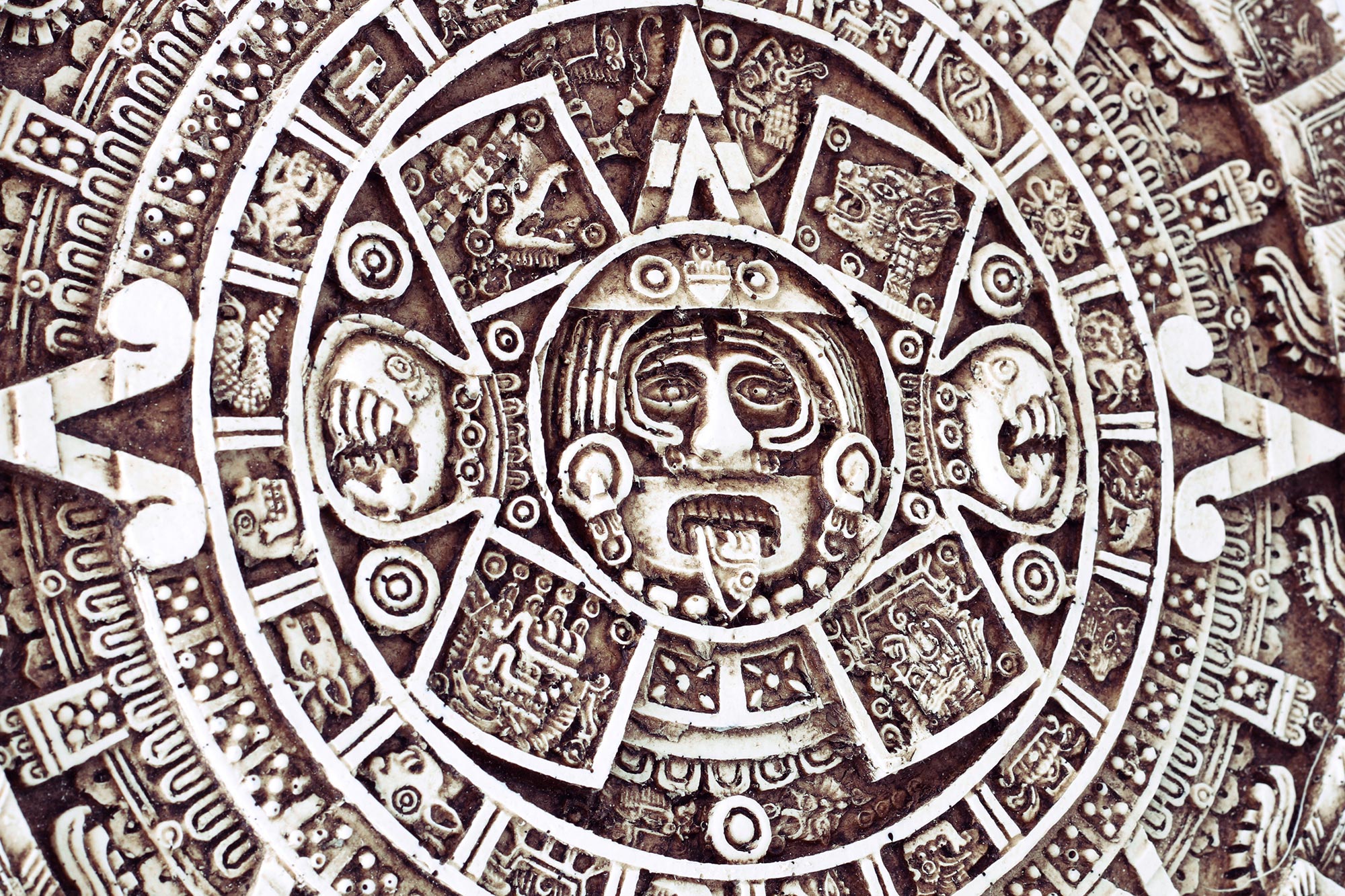Connect with us
Published
2 months agoon
By
admin
Anthropologists from Tulane University have potentially solved the ancient Mayan 819-day calendar mystery, revealing its connection to the synodic periods of visible planets from Earth. Earlier theories posited that the calendar comprised four cycles of 819 days, which did not align with the synodic periods of five planets: Mercury, Venus, Mars, Jupiter, and Saturn. However, the researchers discovered that the calendar actually consists of 20 cycles of 819 days, totaling approximately 45 years, allowing synchronization with all visible planets’ synodic periods.
Published in the journal Ancient Mesoamerica, this study underscores the Maya’s advanced astronomical knowledge. Anthropologists John Linden and Victoria Bricker explain that aligning the calendar over 20 cycles enables a comprehensive understanding of planetary movements, linking them to significant dates and celebrations. By considering the larger context of the 819-day count, the Maya created a sophisticated system that predicts the positions of multiple planets, showcasing their intricate understanding of astronomy and calendar systems. This breakthrough illuminates the complexity of Mayan astronomical practices and their ability to track celestial events across lengthy timeframes.













